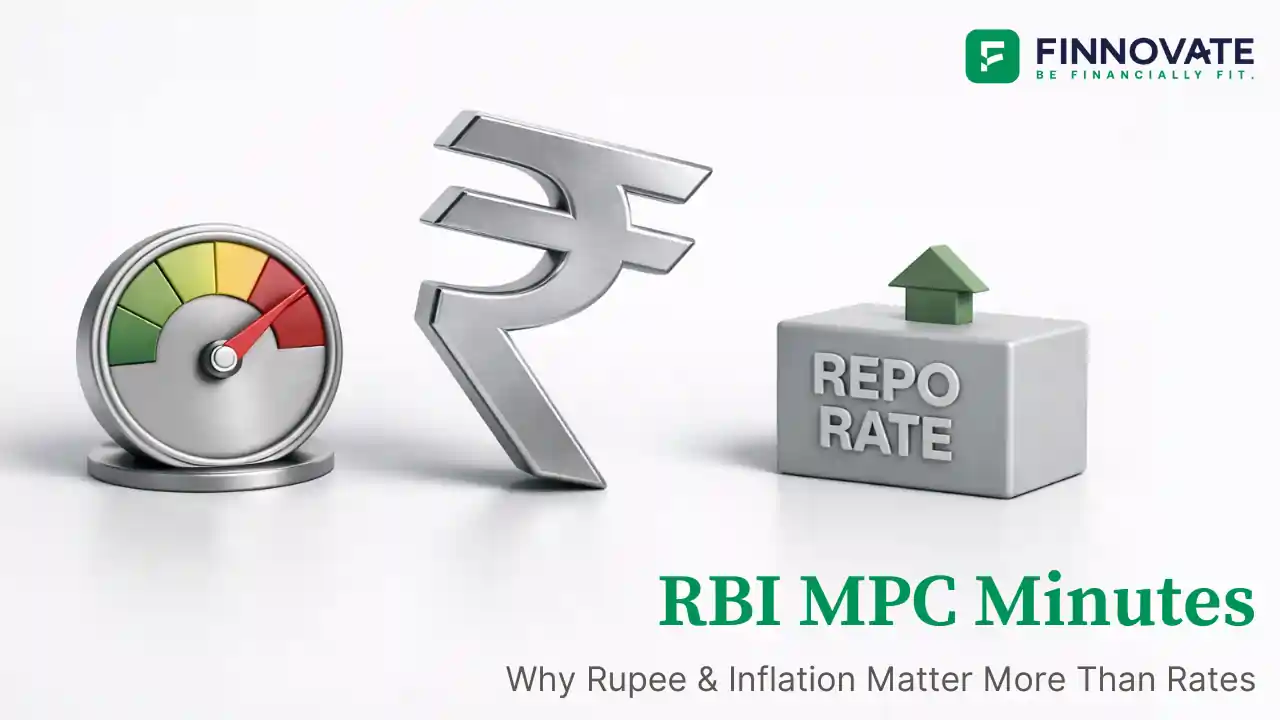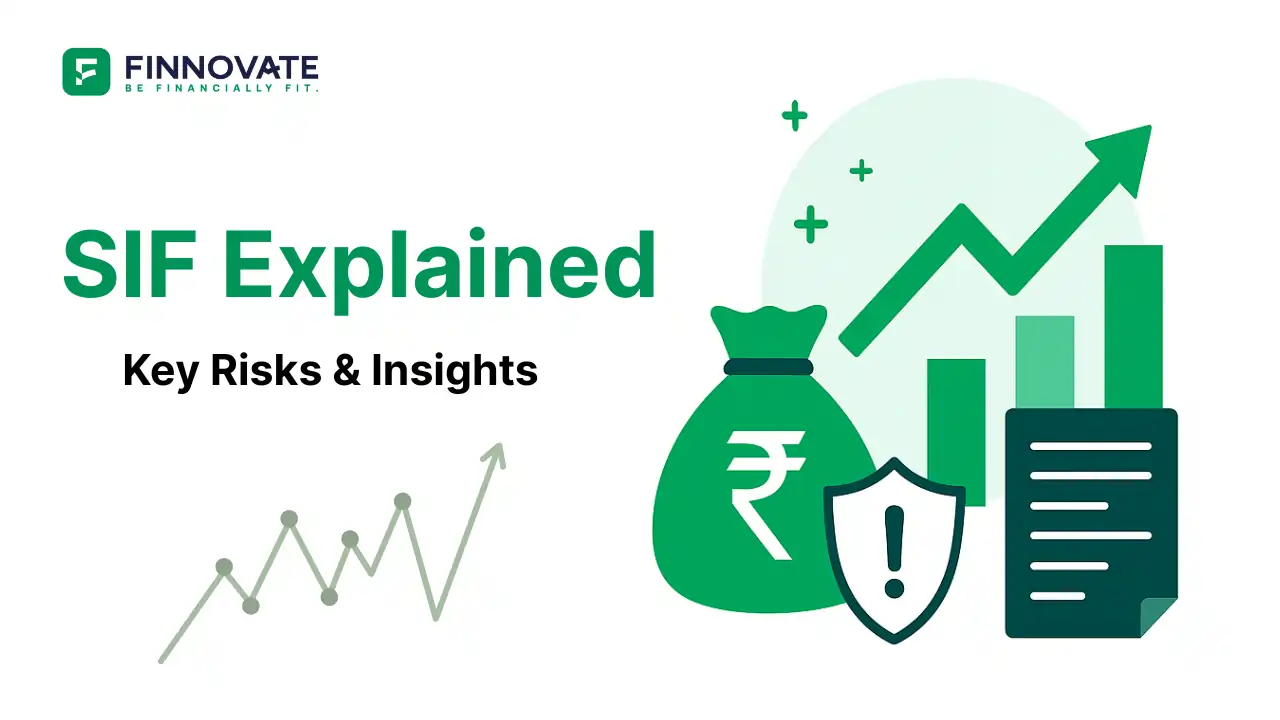
RBI MPC Minutes: Why Rupee & Inflation Matter More Than Rates
RBI MPC minutes show rate cuts nearing limits. The real risks now lie in inflation surpris...
When former U.S. President Donald Trump declared his
"America First" policy, the world braced for impact but few predicted
just how deeply it would ripple through economies like India’s. Between 2017
and 2021, Trump's aggressive tariff war wasn’t just aimed at China. India - often
overlooked in the headlines was caught in the crossfire. With sweeping tariffs
slapped on key commodities, Trump's trade policies ignited tensions with
long time allies and trading partners. India, with its rising exports and
growing tech dominance, suddenly found itself facing unexpected economic turbulence.
From plummeting exports and strained diplomatic ties to setbacks in
agriculture, tech, and pharma, the fallout was real and it’s still being felt
today. So what exactly did the Trump tariffs cost India and what lessons lie
ahead? Buckle up, because the answers might surprise you.
Between 2017 and 2021, the Trump administration’s ‘America
First’ policies disrupted global trade with aggressive tariffs and
protectionist moves. Though aimed at China, India faced collateral damage from
trade privilege cuts to visa curbs impacting key sectors of its economy. The
table below highlights the hardest hit industries and the scale of impact.
|
Sector |
Impact |
Key Figures /
Data |
|
Steel &
Aluminum |
Tariffs imposed under Section 232 affected Indian metal
exports |
25% tariff on steel and 10% on aluminum; India’s steel
exports to U.S. fell ~35% by 2019 |
|
Agriculture |
India retaliated with tariffs on U.S. almonds, apples,
and walnuts |
Import duty on U.S. almonds increased from 30% to 70% |
|
Pharmaceuticals |
Increased scrutiny, regulatory delays, and tariffs
impacted generic exports |
India's pharma exports to U.S. slowed to 1.5% growth in
2019 vs 11% in 2017 |
|
Technology
& IT |
Heightened visa restrictions, tariffs on tech
components |
H-1B visa rejection rate for Indian firms rose to 24%
in 2019 (from 6% in 2015) |
|
Export Growth |
Overall decline in export momentum due to trade
tensions |
India’s exports to U.S. dropped from $52.4B in 2018 to
$50.6B in 2019 |
|
Trade Balance |
Trade surplus with U.S. became a point of contention |
India's trade surplus with U.S. was $23.2B in 2017,
causing friction under ‘America First’ |
|
GSP Program |
U.S. ended India’s preferential trade status affecting
$5.6B exports |
Around 2,000 Indian products lost duty-free access to
U.S. market |
In a move that stunned economists and exporters alike, the
United States pulled the plug on India’s preferential trade status under
the Generalized System of Preferences (GSP) in June 2019 virtually overnight.
The impact? Over $6.3 billion worth of Indian exports once allowed into the
U.S. duty-free were suddenly slapped with tariffs. And the fallout? Devastating.
More than 2,000 product categories were affected, from
leather goods and textiles to gems, jewelry, auto components, and agriculture.
These weren’t just numbers on a spreadsheet real people, real businesses, and
real jobs were on the line.
Small and medium enterprises already battling global
uncertainty faced a brutal reality: sink or swim. The trade relationship that
had long been a cornerstone of Indo - U.S. cooperation was now a battlefield.
What changed? Why did it happen? And can India recover?
1. Agriculture:
India’s farmers were among the first casualties of rising trade tensions.
When the U.S. imposed steep tariffs on steel and aluminum, India hit back in
2019 with duties on 28 U.S. goods including almonds, apples, and lentils. More
than retaliation, it was a desperate bid to protect millions of farming
livelihoods as a trade spat turned into an agrarian lifeline.
2. Steel
& Aluminum: Trump’s March 2018 move to slap 25% tariffs on steel and
10% on aluminum struck at the heart of India’s industrial exports. Industry
titans like JSW Steel and Tata Steel saw U.S. bound shipments plunge, taking a
toll on revenues. As one of the top 10 exporters to the U.S. in these sectors,
India didn’t just take a hit, it suffered a direct blow to its industrial growth
ambitions.
3. Pharmaceuticals:
While Indian pharmaceuticals largely escaped direct tariffs, the hostile
trade climate told a different story. Regulatory roadblocks grew, pricing
pressures mounted, and FDA scrutiny tightened. For a global leader in
affordable generics, India’s pharma sector suddenly found itself navigating a
maze of uncertainty where every export move came with growing risk and
shrinking margins.
4. Textiles
& Apparel: The U.S. revocation of India’s GSP status dealt a heavy blow
to the textile and apparel industry. Overnight, thousands of tariff - free
products lost their cost advantage in a key market. For small manufacturers
operating on razor - thin margins, it wasn’t just a setback, it was a tipping
point, pushing many to the edge as their global competitiveness crumbled.
While defense and political ties held steady, Trump’s
protectionist policies tore at the economic core of the U.S. - India
relationship. A widening trust deficit exposed the fragility beneath the
surface of a seemingly solid strategic alliance. India’s rise as a key trade
partner suddenly faced headwinds, revealing just how vulnerable the partnership
was to shifting U.S. priorities.
Trump’s tariffs served as a wake-up call for Indian
policymakers, prompting a much-needed long-term policy reset. The loss of GSP
status, combined with the rising unpredictability of global trade, pushed India
to take decisive action. The government focused on diversifying export
destinations, reducing reliance on a single market. It also ramped up efforts
to promote Atmanirbhar Bharat (self-reliance), aiming to bolster domestic
industries. Simultaneously, India accelerated bilateral trade deals and strengthened
support for key sectors, all in a bid to shield the economy from external
shocks and position itself for sustainable growth.
1. The
Trump-era tariffs may have disrupted India’s trade momentum and sparked
economic friction, but they also ignited a strategic shift that’s now paying
off. Amid the escalating U.S. - China trade war, India didn’t just become a
backup, it positioned itself as a formidable alternative.
2. As
American importers sought to reduce reliance on China, they found in India a
partner with the scale, skill, and supply chain resilience to meet their needs.
This shift not only mitigated short-term losses but also set the stage for
long-term gains.
3. Sectors
like specialty chemicals, electronics assembly, auto components, textiles, and
pharmaceuticals experienced a surge in demand and investment, catapulting India
to a pivotal role in global value chains.
Trump’s tariff-driven “America First” policy may have aimed
to protect U.S. interests, but it exposed deep fault lines in global trade
relationships - India included. From the sudden withdrawal of GSP benefits to
retaliatory tariffs and tightened visa rules, India faced a multifront
challenge. Export sectors like steel, pharma, agriculture and IT services
suffered the most leading to job losses, reduced competitiveness and
uncertainty across industries.
India responded not just with policy pushback but with
long-term vision. The crisis accelerated structural reforms, diversification of
export markets and a renewed emphasis on self-reliance through Atmanirbhar
Bharat. As global supply chains realign post-COVID and amid U.S. - China
tensions, India has emerged as a credible alternative leaner, more resilient,
and geopolitically agile. The Trump tariffs were a wake-up call. India paid a
price but it also pivoted, adapted and positioned itself for a more balanced,
assertive role in global trade.
Popular now

Learn how to easily download your NSDL CAS Statement in PDF format with our step-by-step g...

Explore what Specialised Investment Funds (SIFs) are, their benefits, taxation, minimum in...

Learn How to Download Your CDSL CAS Statement with our step-by-step guide. Easy instructio...

Looking for the best financial freedom books? Here’s a handpicked 2025 reading list with...